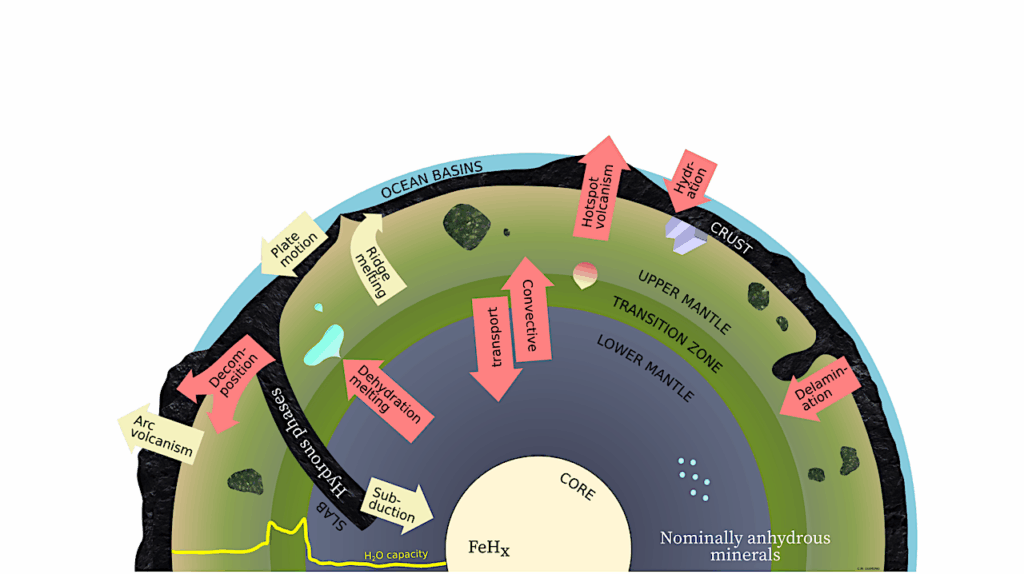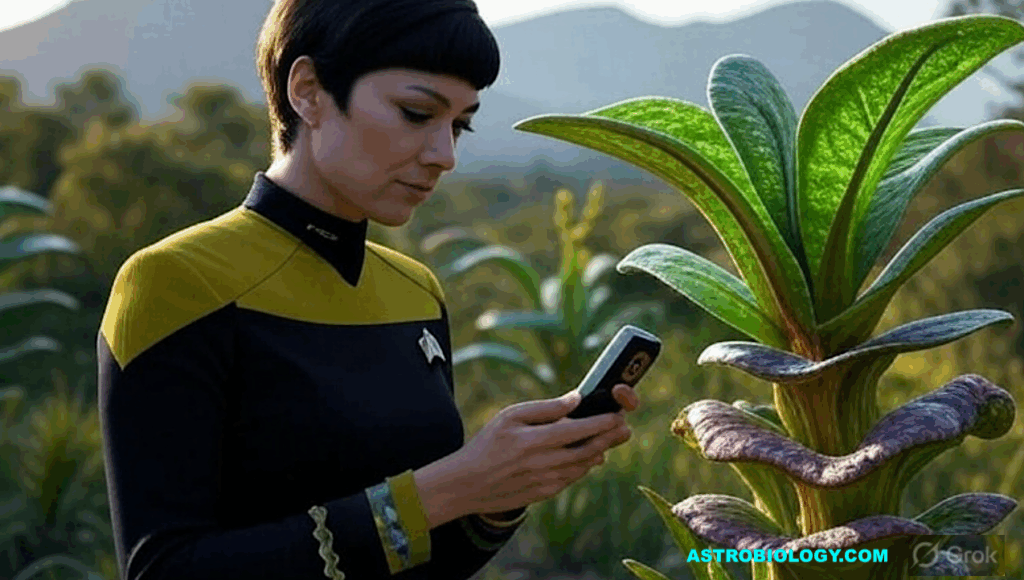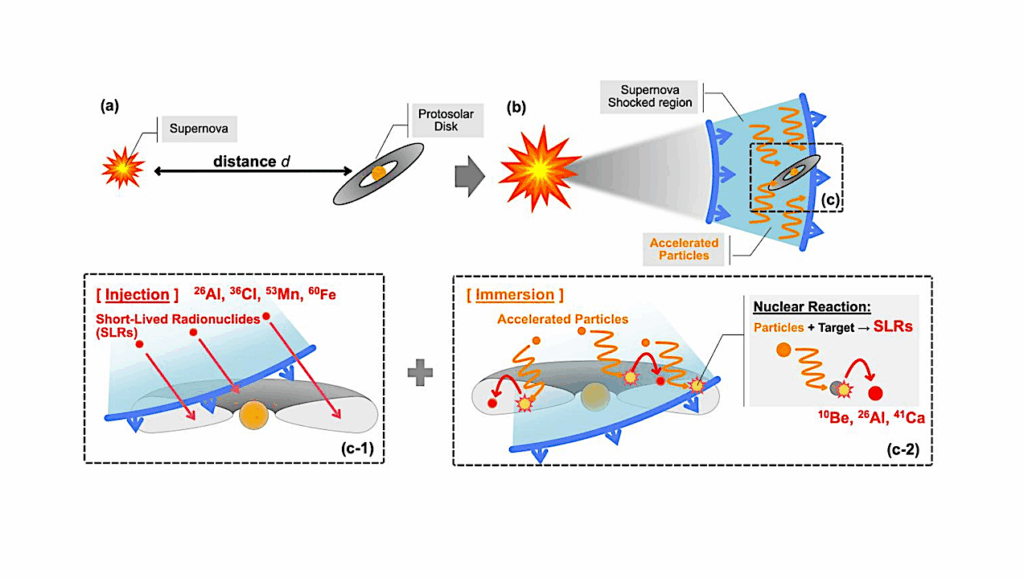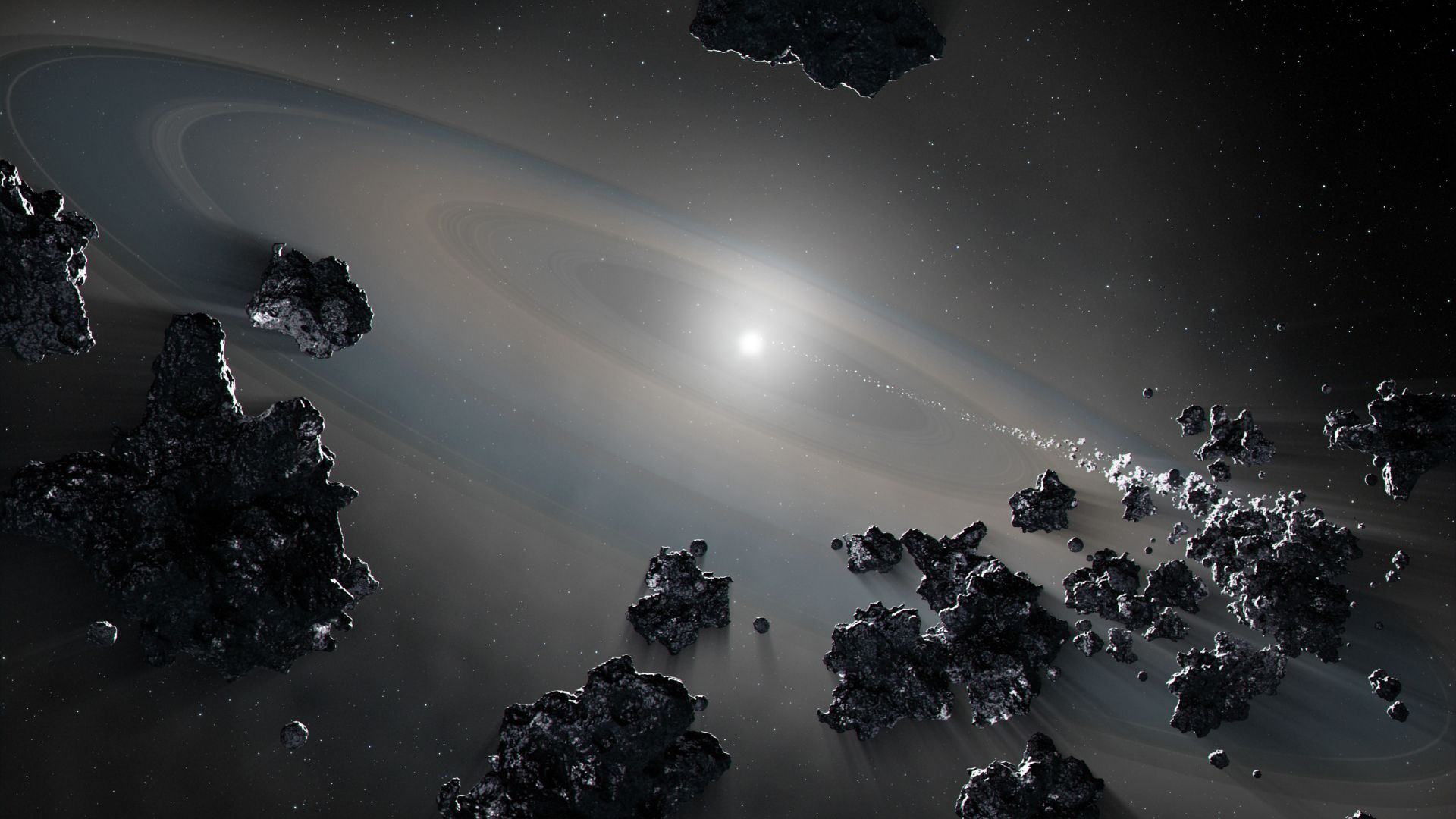Now Reading: A SHERLOC Image From Mars Perseverance On Sol 1653
-
01
A SHERLOC Image From Mars Perseverance On Sol 1653
A SHERLOC Image From Mars Perseverance On Sol 1653
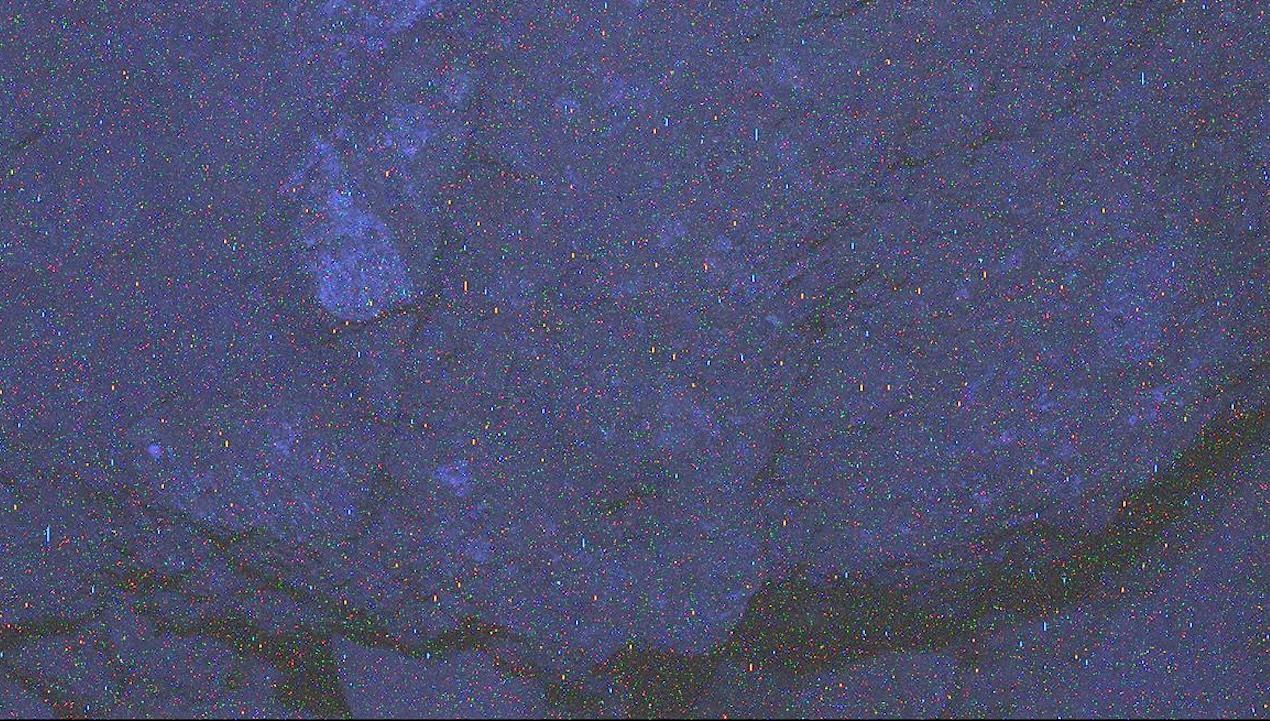

This photo was selected by public vote and featured as “Image of the Week” for Week 244 (Oct. 12 – 18, 2025) of the Perseverance rover mission on Mars.
NASA’s Mars Perseverance rover acquired this image using its SHERLOC WATSON camera, located on the turret at the end of the rover’s robotic arm.

SHERLOC’s full name is a mouthful: Scanning Habitable Environments with Raman & Luminescence for Organics & Chemicals. “Raman” refers to Raman spectroscopy, a scientific technique named after the Indian physicist C.V. Raman, who discovered the light-scattering effect in the 1920s.
“While traveling by ship, he was trying to discover why the color of the sea was blue,” said Luther Beegle of JPL, SHERLOC’s principal investigator. “He realized if you shine a light beam on a surface, it can change the wavelength of scattered light depending on the materials in that surface. “
This effect is called Raman scattering. Scientists can identify different molecules based on the distinctive spectral “fingerprint” visible in their emitted light. An ultraviolet laser that is part of SHERLOC will allow the team to classify organics and minerals present in a rock and understand the environment in which the rock formed. Salty water, for example, can result in the formation of different minerals than fresh water. The team will also be looking for astrobiology clues in the form of organic molecules, which among other things, serve as potential biosignatures, demonstrating the presence life in Mars’ ancient past.
“Life is clumpy,” Beegle said. “If we see organics clumping together on one part of a rock, it might be a sign that microbes thrived there in the past.”
Nonbiological processes can also form organics, so detecting the compounds isn’t a sure sign that life formed on Mars. But organics are crucial to understanding whether the ancient environment could have supported life. Source
Astrobiology, Astrogeology,
Stay Informed With the Latest & Most Important News
-
 012024 in Review: Highlights from NASA in Silicon Valley
012024 in Review: Highlights from NASA in Silicon Valley -
 02Panasonic Leica Summilux DG 15mm f/1.7 ASPH review
02Panasonic Leica Summilux DG 15mm f/1.7 ASPH review -
 03From Polymerization-Enabled Folding and Assembly to Chemical Evolution: Key Processes for Emergence of Functional Polymers in the Origin of Life
03From Polymerization-Enabled Folding and Assembly to Chemical Evolution: Key Processes for Emergence of Functional Polymers in the Origin of Life -
 04How New NASA, India Earth Satellite NISAR Will See Earth
04How New NASA, India Earth Satellite NISAR Will See Earth -
 05And Thus Begins A New Year For Life On Earth
05And Thus Begins A New Year For Life On Earth -
 06Astronomy Activation Ambassadors: A New Era
06Astronomy Activation Ambassadors: A New Era -
07SpaceX launch surge helps set new global launch record in 2024













